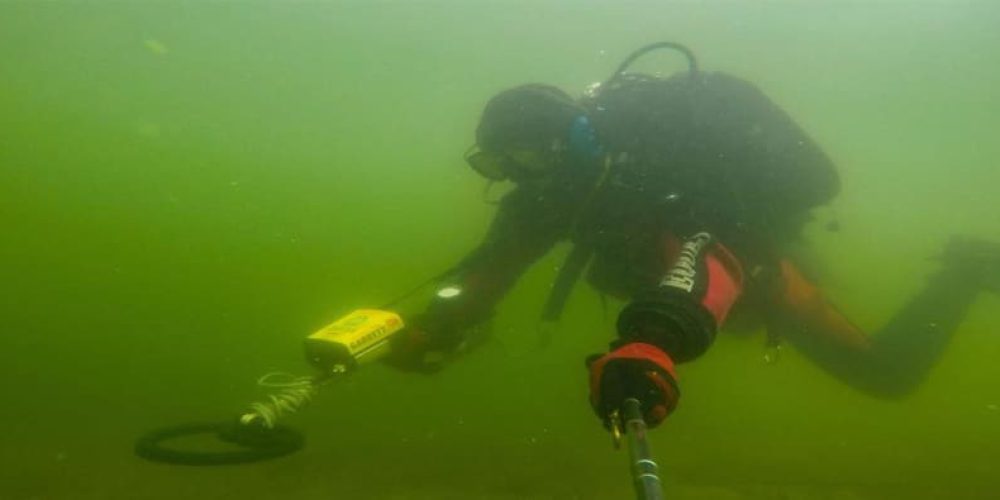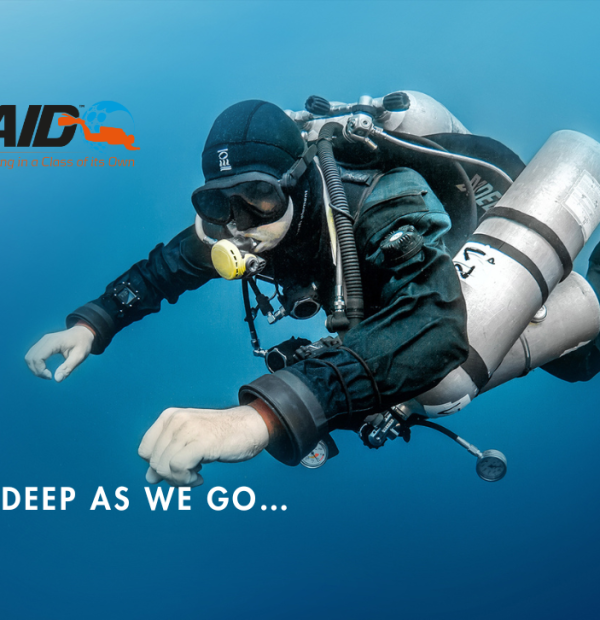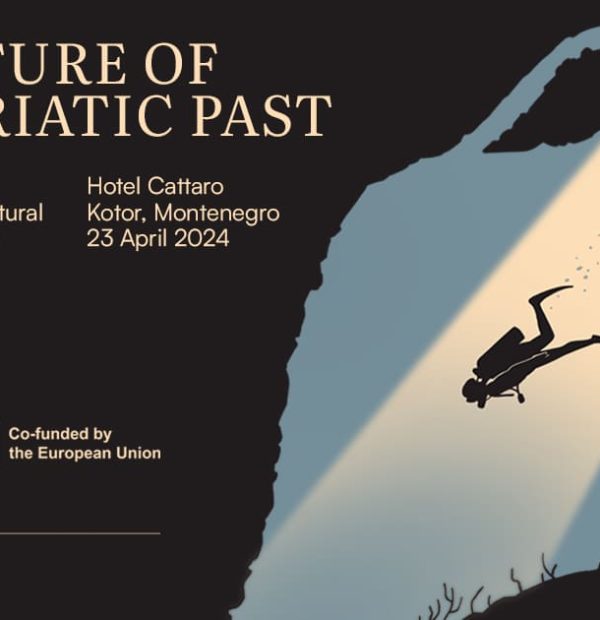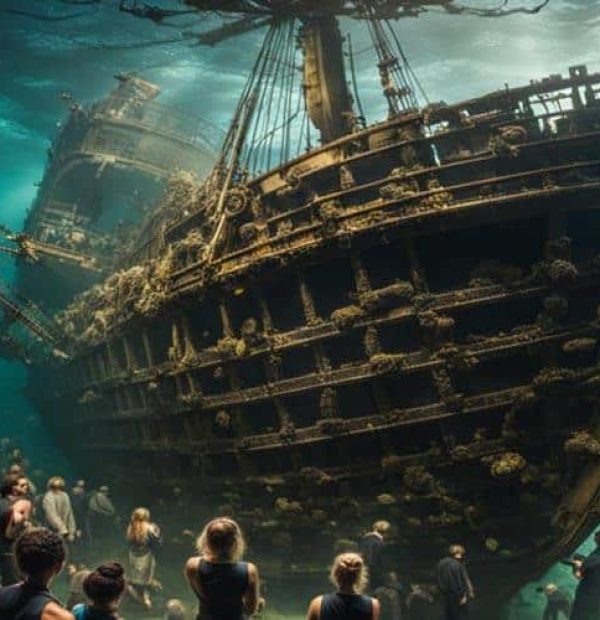Monday, 13 May 2024
Menu

As emphasised on Wednesday at a press conference at the headquarters of the Museum of First Piasts in Lednica, the information about the third bridge on the lake, and about the remains of timber extracted from the area, was previously known mostly only from local oral accounts.
[blockquote style=”2″]”This year’s research has uncovered not only the remains of structural elements, but also valuable artefacts. Dendrochronological studies conducted by Prof. Tomasz Ważny from the Nicolaus Copernicus University have established that the tree used for the construction of this bridge was cut down a few years after 1293. – The director of the Museum of First Piasts on Lednica, Prof. Andrzej Marek Wyrwa, pointed out. Two other bridges over Lednica Lake were built in the years 963-964[/blockquote].
[blockquote style=”2″]As Wyrwa added, “this year’s research covered the area of not only the already known bridge crossings, but was also carried out in other parts of the basin. Hundreds of hours of diving were made during the research, about 15 km of the lake’s shoreline were checked, carrying out so-called underwater prospecting.”[/blockquote]
Head of the Department of Underwater Archaeology at the Institute of Archaeology, Nicolaus Copernicus University in Toruń, Andrzej Pydyn, Ph.D., emphasised that the discovery of the third bridge crossing in Lake Lednickie was the largest and most exciting discovery made this year.
[blockquote style=”2″]”This bridge crossing connected the relatively small Ledniczka island with the mainland from the western shore. This crossing was mentioned in oral accounts and, in fact, underwater archaeologists have been searching for it for practically 40 years”- noted Pydyn.[/blockquote].
[blockquote style=”2″]As he said, the bridge had been virtually invisible for years. “The so-called underwater prospecting that took place there, where divers went underwater, observed, touched the top layer of silt – did not lead to anything before. These explorations had already been carried out actually since the 1990s, they were returned to in the first decade of the 21st century, while the comprehensive approach to the subject, the use of non-invasive research, and the use of the experience of underwater archaeologists made it possible to make this discovery,” said the archaeologist.[/blockquote]
The permanent research team which explored the bottom of Lednickie Lake consisted of 5 people who were involved in the project for several months. Additional persons, including graduates and students of archaeology from various academic centres, also participated in the research on a rotational basis. Modern non-invasive methods were used during the survey, including multibeam sonar, a bottom sediment profiler and a magnetometer. The dive team checked over 250 anomalies visible during the non-invasive survey.
[blockquote style=”2″]”The discovery of the third bridge changes our picture of what happened here after the early Piast period. As we know, of course, this place was very important at the turn of the 10th and 11th centuries, while the fact that another bridge crossing was built here at the end of the 12th century proves that it was still an important centre, maybe not of princely or royal power any more, but certainly of castellan power, i.e. a system of a kind of organisation of the state and power in this region of Wielkopolska,” he added.[/blockquote]
During the excavations archaeologists also managed to find other artefacts, including elements of weapons and vessels. In the course of the works, several potential underwater archaeological sites were located, including some that significantly changed the current interpretation of the settlement processes that took place in the Lednica Lake area.
Pydyn stressed that the Lednickie Lake has certainly not yet revealed all its secrets to the researchers. “The research covered only a part of the lake, while the results we have obtained now are the ones we will be analysing for years. Performing these scans is a matter of a few or several days, while a thorough analysis will certainly take months and years. I also think that new and improved research techniques, especially non-invasive research, will allow us to discover more and more of the mysteries of Lednickie Lake”. – said Pydyn.
The Director of the Museum of First Piasts on Lednica, Prof. Andrzej Marek Wyrwa, PhD, pointed out that the bridge discovered and located in the Lednickie Lake area “plays an extremely important role as it supplements our hitherto rather poor knowledge on the development of this place as early as in the period of the division of Poland”.
[blockquote style=”2″]”So far it seemed that we have the Piast period, this early Piast period, which ends after about 1038-1039 and as if Ostrów, as evidenced by written and archaeological sources, loses its original very great importance, but the society and especially the settlements that existed here continued to function. Therefore, additional things were to be expected,” said Wyrwa.[/blockquote]
[blockquote style=”2″]”In our case, the first mention of such a castellany in Ostrow in written sources dates back to 1234, but these sources are very few and practically do not exist. Therefore, all the historical, archaeological and dendrochronological data that we have, when combined, indicate that at the end of the 13th century, from the beginning of the 14th century until the 15th century, this small stronghold on Ledniczka Island was interwoven into a large part of the administration of the Piast state. – emphasised the professor.[/blockquote]
[blockquote style=”2″]Historians are still investigating what the role and significance of Ledniczka was, he said. “To the end we still don’t know. There are materials from the early medieval period, but without additional, extended research it is difficult to say. If it was, it was certainly used for defensive forms, but bridges that would have connected it in the early medieval period have not yet been recorded,” he said.[/blockquote]
[blockquote style=”2″]As he added, from what underwater archaeologists are saying, there is “a very large layer of silt” in the lake. “If there are conservation permits, if we break through that layer, we will be able to see what is going on deeper, because this bridge, the third bridge, is probably not the last bridge.” – he stressed.[/blockquote]
Underwater archaeological excavations in the waters of Lednickie Lake are carried out in cooperation with the Museum of First Piasts in Lednica, the Scientific Association of Polish Archaeologists, Branch in Warsaw, and the Department of Underwater Archaeology of the Institute of Archaeology of the Nicolaus Copernicus University in Toruń, and are realised as part of the project entitled “The Cradle of Piasts – Archaeological Underwater Prospecting in the Lednickie Lake Region”. The project is co-financed by the Ministry of Culture and National Heritage.
Lednickie Lake is 8-12 metres deep. Ledniczka is adjacent to the Ostrów Lednicki island which, according to many historians, was the site of Mieszko I’s baptism. This is where you can find one of the largest collections of relics from the early days of Christianity, including Poland’s oldest reliquary – a fragment of Christ’s cross. It is possible that the reliquary is a souvenir from the time of Mieszko I’s baptism.
Source: naukawpolsce.pap.pl Photo: PAP/ Museum of First Piasts in Lednica










Welcome to DIVERS24.COM, your daily source of scuba news, freediving, scuba diving information, and equipment reviews. Our comprehensive coverage of the dive industry from A to Z provides you with all the latest scuba news, training updates, underwater photography tips, and everything else related to scuba diving. Whether you’re a beginner or an experienced diver looking for more knowledge about scuba gear or techniques – we’ve got it covered! With our in-depth articles written by experienced divers who have been there and done that, you are sure to find exactly what you need here at Divers24.com. Dive into scuba news today!
Underwater Media Sp. z o.o.
Szafarnia 11/F8,
80-755 Gdansk, Poland
Welcome to DIVERS24.COM, your daily source of scuba news, freediving, and scuba diving information. Sign in for a weekly news update and discount coupons for dive gear and apparel.
@2023 - underwatermedia.pl. All Right Reserved. Designed and Developed by Tworzenie stron internetowych Gdansk

The Divers24 portal is currently the largest online medium treating diving in Poland. Since 2010 we have been providing interesting and important information from Poland and around the world on all forms of diving and related activities.
Contact us: info@divers24.com